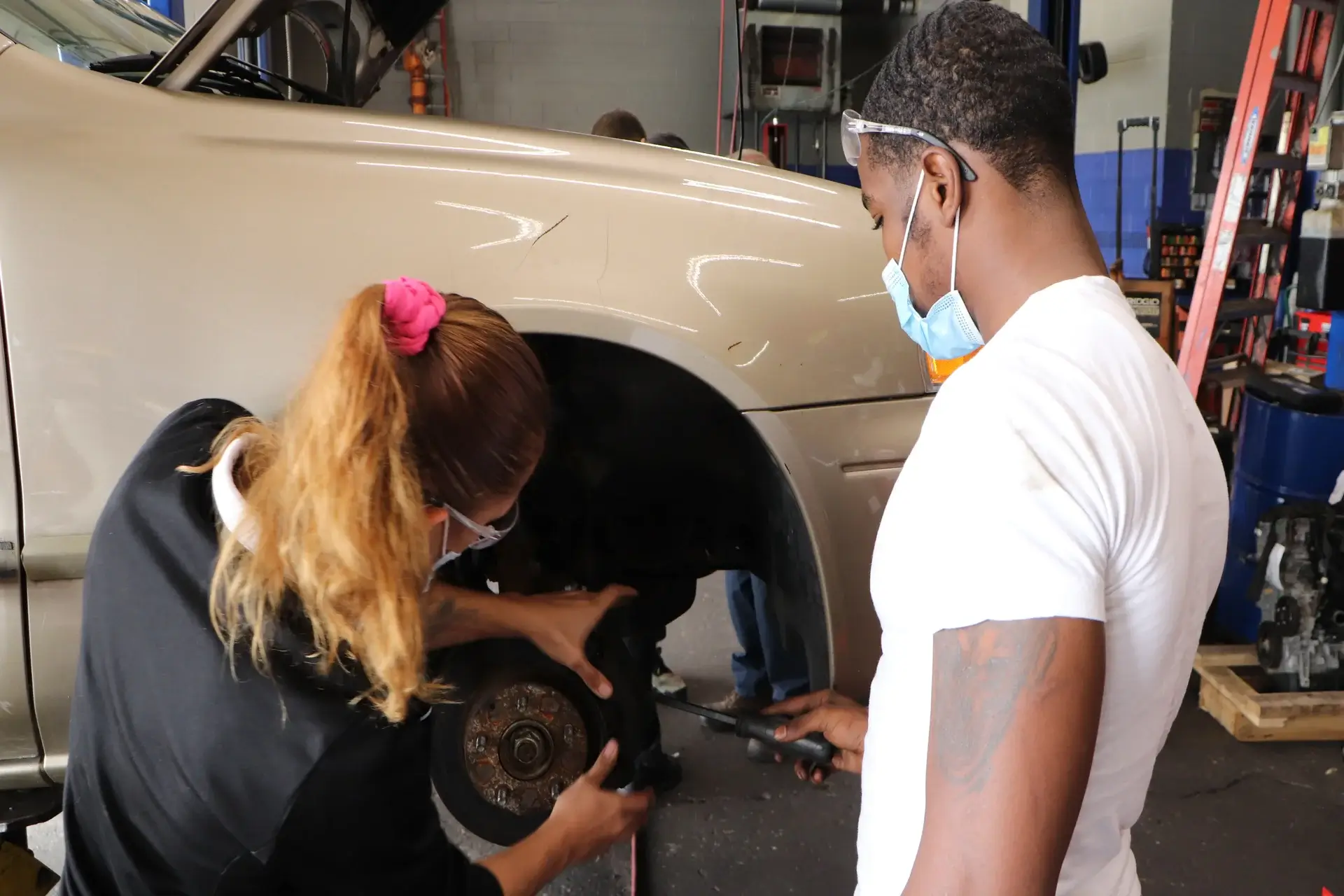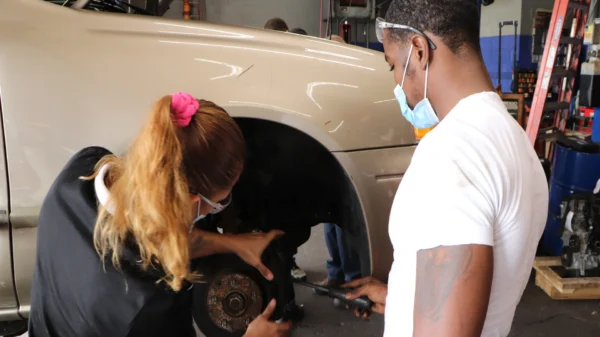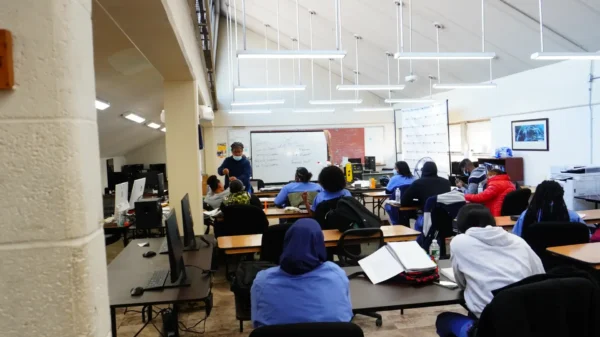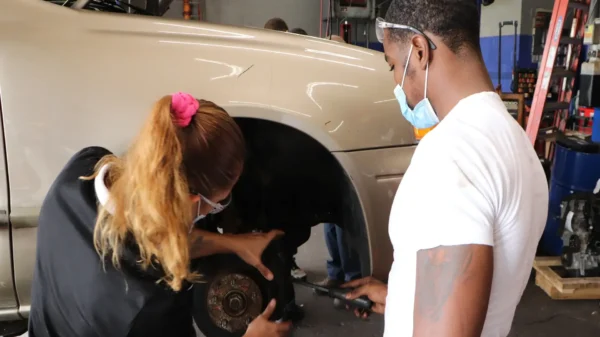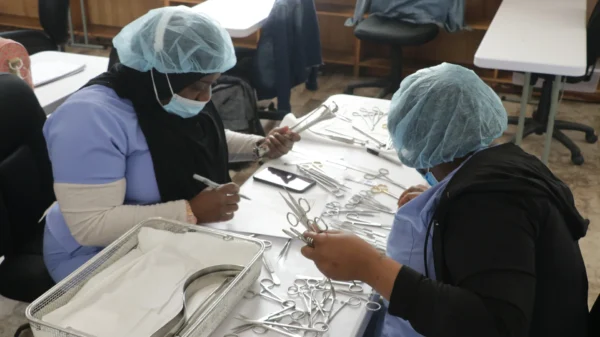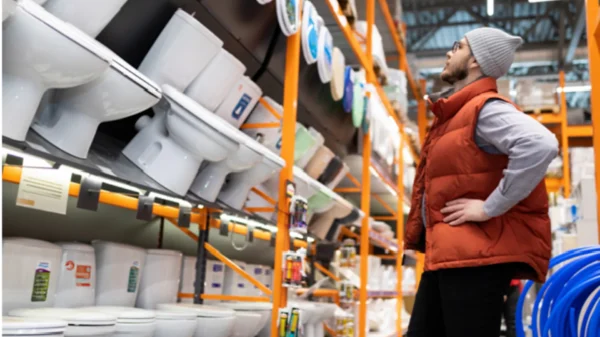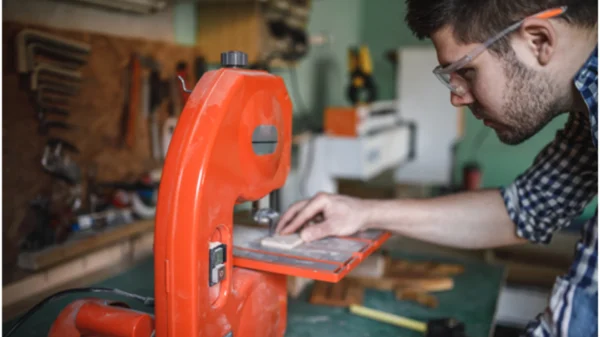Automation in Manufacturing has assisted the industry to employ robots to meet consumer demand by rapidly and efficiently finishing tasks to increase productivity and assist companies to stay competitive. With a baggage of benefits posed by automation in manufacturing, more and more factories are introducing robotics to the assembly line.
Loss and Creation
Automation is competent in greatly enhancing the efficiency of the manufacturing undertakings by reducing the time taken and reducing the costs. Manufacturing automation also allows each sole facility to generate a diversity of commodities and boost the output. However, it is not just the positive side that needs to be talked about. Workforce is expected to experience a hit by this rapid automation in the industry. Their career in auto mechanics will get impacted on a large scale via this rapid change.
A recent report by the McKinsey Global Institute indicates that somewhere between 39 and 73 million jobs in the United States could be lost to mechanization. The actual number will rely on how quickly a country accepts automation in each region, how the growing population changes demand and how each sector adapts to support the economic growth.
Although it may arise that automation will only negatively affect employment, analysis suggests that the opening of robotics will create jobs to change several industries. Reports suggest that almost 20 million workers, who would miss their job to automation, will find it fairly simple to find work in a similar occupation.
Of course, this is not the current circumstance. The workforce in auto repairing has developed many times to make way for technology. Employment such as switchboard operators and elevator operators are now obsolete, but the community found ways to retrain and find work in other sectors.
Types of Jobs
Robots can attain many blue-collar jobs faster and more accurately than their human counterparts. However, while technology optimises production, it needs people to make variations. Several jobs in a wide range of industries do require human qualities, such as intuition, creativity and maintenance.
Most factories need tasks that are repetitive, draining and time-consuming for people to accomplish. With mechanization, the human workforce can move to roles that need more soft skills, such as affiliation, communication and problem-solving.
Some people may also prefer to move across sectors. As education enhances, people will have a wider spectrum of skills that they can apply to roles in other areas or choose to move around to several job roles rather than keeping up in a similar role throughout their working life.
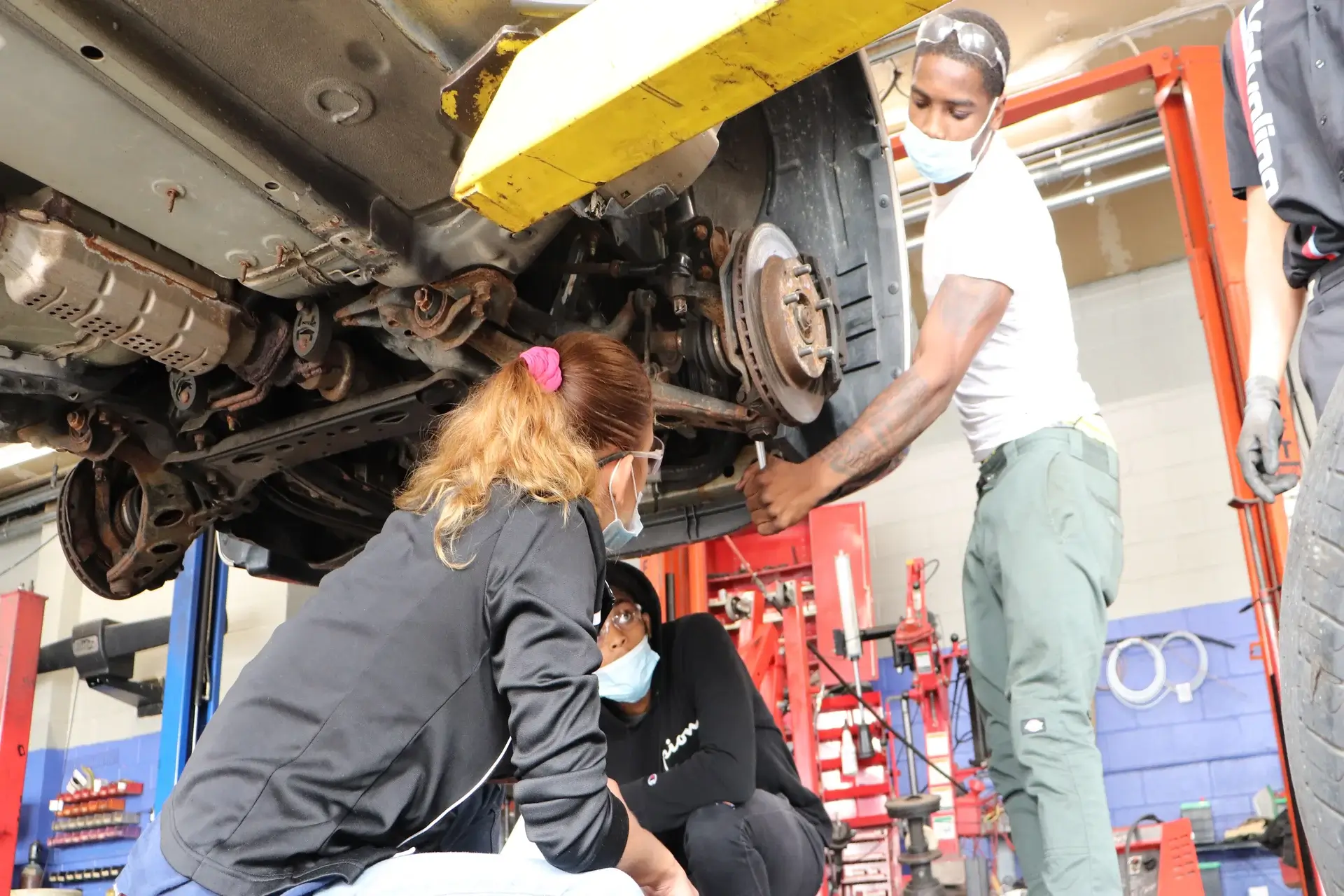
Importance Of Retraining
The nicest way to decrease unemployment due to automation is to oversee the transition from human-led to machine-led capabilities. The most effective approach for employers to achieve this is through retraining.
Reports indicate that between 15 and 50 million workers, or nearly 1/3rd of the United state’s workforce will need retraining for completely new employment. Employers should provide in retraining the faculty they already have to finalize more creative jobs in the facility.
Changes in the workforce will eventually depend on how rapidly automation changes the manufacturing area. However, we shouldn’t deduce that robots will overthrow us like they do in the movies. By investing in training again, factories can ensure their workers will persist in a secure role.
Advantages Of Automation For The Manufacturing Industry
When utilized correctly, automation can assist the manufacturing business significantly. These advantages can manifest in several ways, including:
Reduced Production Time
As machinery can operate more rapidly and efficiently than human employees in many cases, it can help production move faster.
Higher-Volume Production
Machinery can build products in less duration and create more of them within a given time frame.
Less Human Error
Human workers are vulnerable to misjudgment and forgetfulness when it comes to auto body repair, but these are mistakes machines do not tend to make.
Increased Safety
Since people do not have to be as implicated with the creation process, they can stay safer. If something goes incorrect on the assembly line, the worst-case scenario may be a broken part rather than an injured employee.
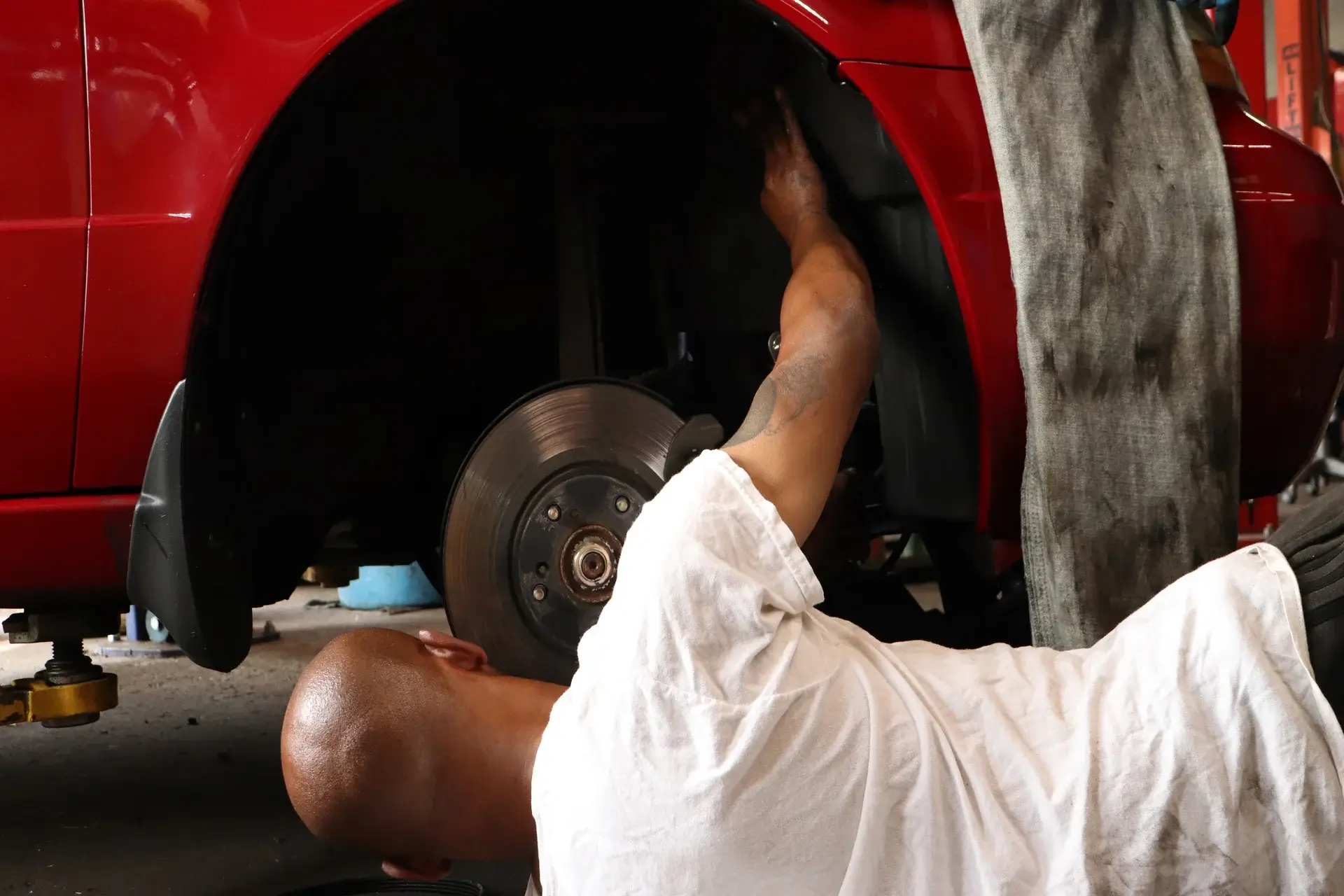
The Future of Automation
The future of robotics and automation in manufacturing is expected to proceed with the already-established pattern. According to some forecasts, the next few years will see 65% of all occupations convert 35% of their duties to automation. Moreover, more human-like automation is believed to appear incredibly in the field of AI (artificial intelligence) to handle jobs recently limited to human beings.
This modification would not just influence manufacturing of mechanic cars . Healthcare, package deliveries and transportation are just a few industries predicted to experience this move to automation. Developing will likely be right beside them to direct the way into our technological future.


